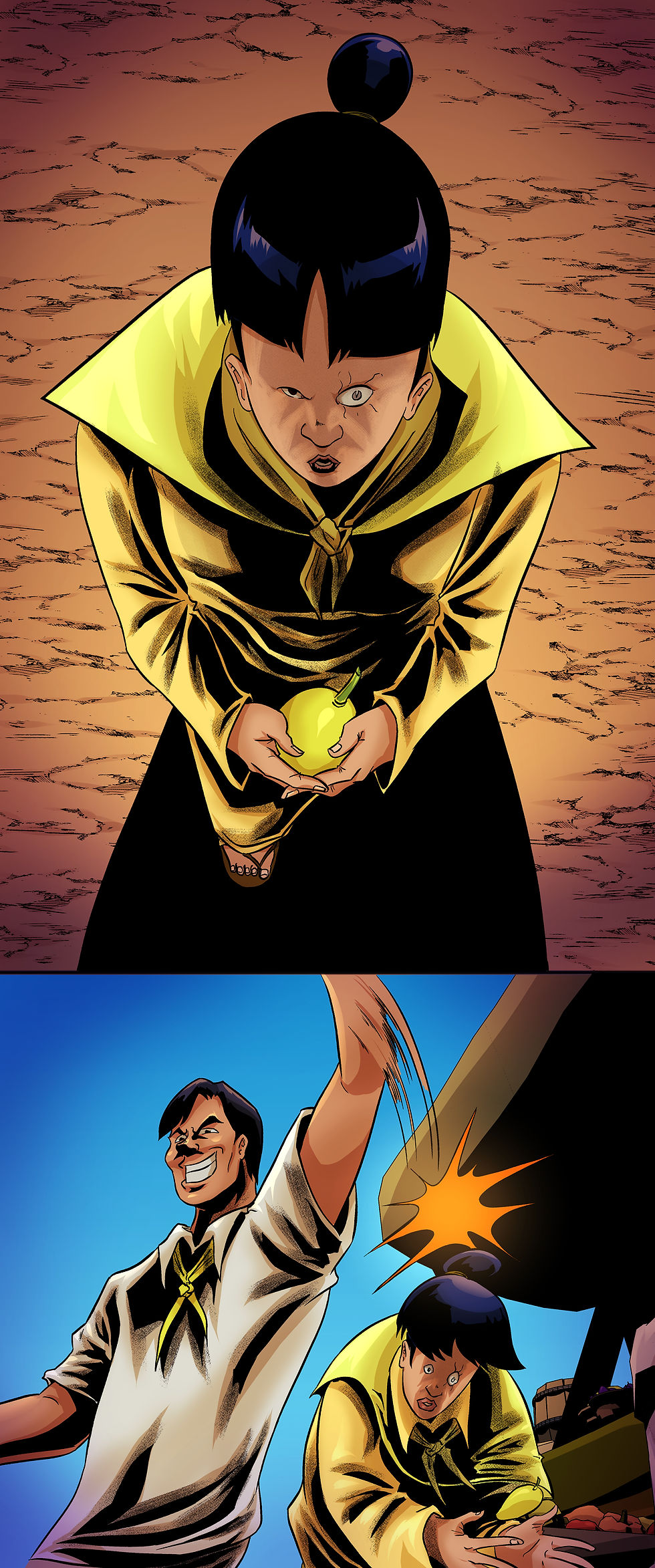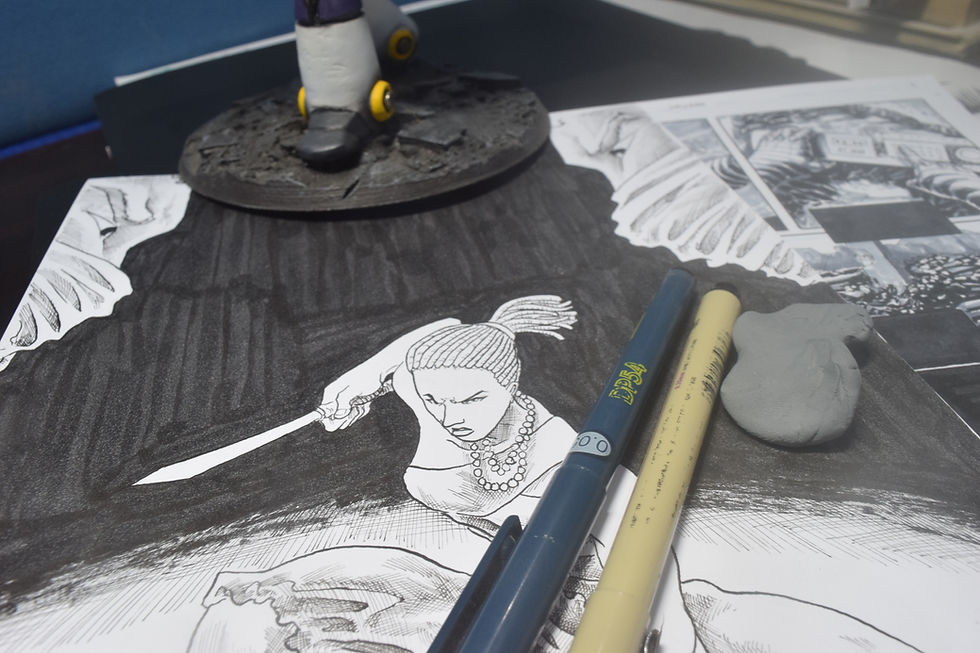Celebrating Regional Art in Contemporary Comics
- Arnel

- Sep 19
- 4 min read
Comics have long been a powerful medium for storytelling, blending visual art with narrative to create immersive experiences. In recent years, there has been a growing appreciation for regional art within contemporary comics. This trend highlights the unique cultural identities, traditions, and languages of various communities, enriching the comic landscape with diverse perspectives. By celebrating regional art, contemporary comics not only entertain but also preserve and promote local heritage.
The Rise of Regional Comics in the Modern Era
Regional comics have gained momentum as creators seek to represent their roots authentically. Unlike mainstream comics that often focus on universal or global themes, regional comics emphasize local stories, folklore, and aesthetics. This approach resonates deeply with readers who see their own culture reflected in the art and narratives.
For example, in the Philippines, regional comics have flourished by incorporating indigenous motifs, traditional clothing, and native languages. These elements create a distinct visual style that sets regional comics apart from mainstream offerings. The use of local dialects and storytelling methods also adds layers of meaning and emotional depth.
Key factors driving the rise of regional comics include:
Increased access to digital publishing platforms
Growing interest in cultural preservation
Support from local art communities and festivals
Reader demand for diverse and authentic stories
This movement encourages artists to explore their heritage and share it with a broader audience, fostering pride and cultural awareness.

Exploring Regional Comics: A Closer Look at Styles and Themes
Regional comics often showcase a variety of artistic styles that reflect the cultural aesthetics of their origin. These styles can range from intricate line work inspired by traditional crafts to bold, vibrant colors that echo local festivals. The themes explored in regional comics are equally diverse, often focusing on:
Folklore and mythology
Historical events and figures
Everyday life in rural or urban settings
Social issues relevant to the community
For instance, many regional comics in Southeast Asia incorporate mythological creatures and legends unique to their culture. This not only educates readers about local lore but also revitalizes interest in these stories for younger generations.
One notable example is the growing popularity of bisaya comics, which highlight the Visayan culture and language in the Philippines. These comics blend humor, drama, and cultural references that resonate with Visayan readers and beyond.
Tips for appreciating regional comics:
Pay attention to cultural symbols and motifs in the artwork.
Learn about the local history or folklore referenced.
Support creators by sharing and purchasing their work.
Engage with community events or online forums dedicated to regional comics.

The Impact of Regional Art on Contemporary Comic Narratives
Incorporating regional art into contemporary comics enriches storytelling by grounding narratives in specific cultural contexts. This approach allows creators to explore identity, community, and social dynamics with authenticity. It also challenges stereotypes by presenting nuanced portrayals of regional life.
Regional art influences not only the visual style but also the pacing, dialogue, and character development in comics. For example, the use of local idioms and speech patterns adds realism and relatability. Visual elements such as traditional clothing, architecture, and landscapes provide a vivid backdrop that enhances immersion.
Moreover, regional comics often address contemporary issues through a cultural lens. Topics like migration, environmental conservation, and social justice are explored with sensitivity to local experiences. This makes regional comics a valuable platform for raising awareness and fostering dialogue.
How to support the impact of regional art in comics:
Promote regional comic artists on social media.
Attend local comic conventions and art exhibits.
Encourage educational institutions to include regional comics in curricula.
Collaborate with artists to create culturally relevant content.

Challenges and Opportunities for Regional Comic Artists
While regional comics offer exciting opportunities, artists often face challenges in gaining visibility and financial support. Limited access to mainstream distribution channels and language barriers can restrict audience reach. Additionally, balancing cultural authenticity with commercial appeal requires careful consideration.
However, the digital age has opened new doors for regional comic artists. Online platforms enable creators to publish and promote their work globally without relying on traditional publishers. Crowdfunding and patronage models also provide alternative funding sources.
Artists can leverage these opportunities by:
Building strong online communities around their work
Collaborating with other regional creators for cross-promotion
Experimenting with multimedia formats like webcomics and animations
Participating in international comic festivals to gain exposure
By overcoming obstacles and embracing innovation, regional comic artists can thrive and contribute to the global comic culture.
Embracing Regional Art: A Path Forward for Comics
The celebration of regional art in contemporary comics enriches the medium with diversity, authenticity, and cultural depth. It invites readers to explore new worlds and perspectives while preserving valuable traditions. As more creators embrace their regional identities, the comic industry becomes a vibrant tapestry of stories that reflect the richness of human experience.
For readers and enthusiasts, supporting regional comics means championing creativity that honors heritage and fosters understanding. Whether through purchasing works, sharing stories, or engaging with creators, every action helps sustain this important cultural movement.
By continuing to celebrate and promote regional art in comics, we ensure that these unique voices are heard and appreciated for generations to come.













Comments